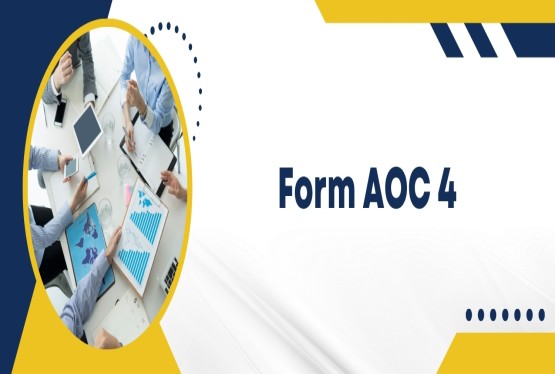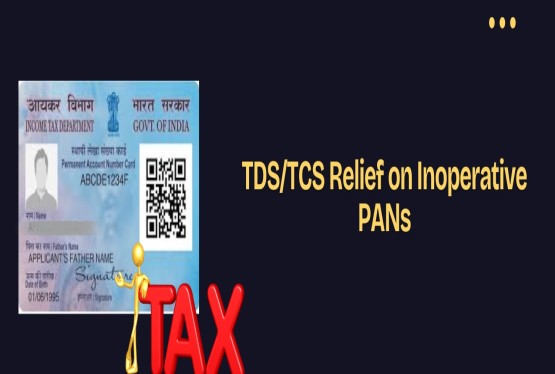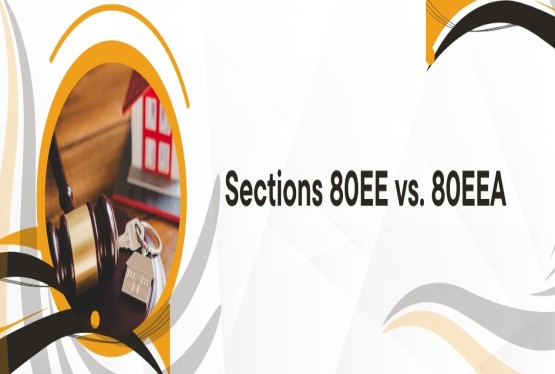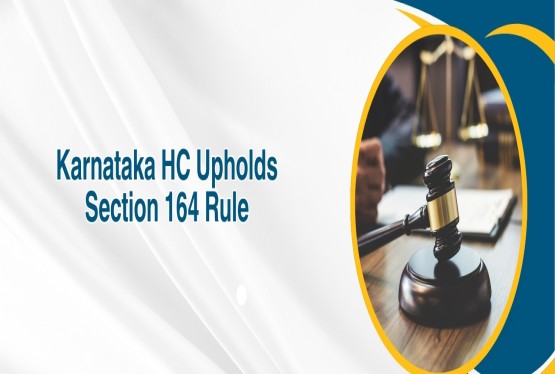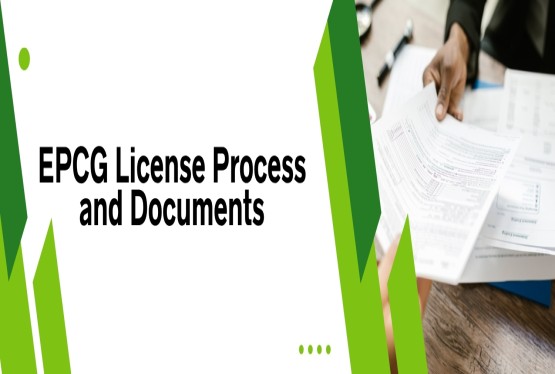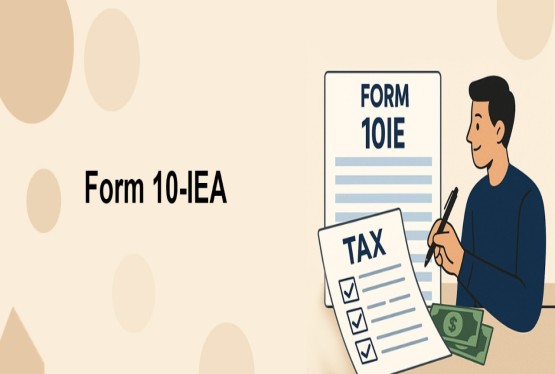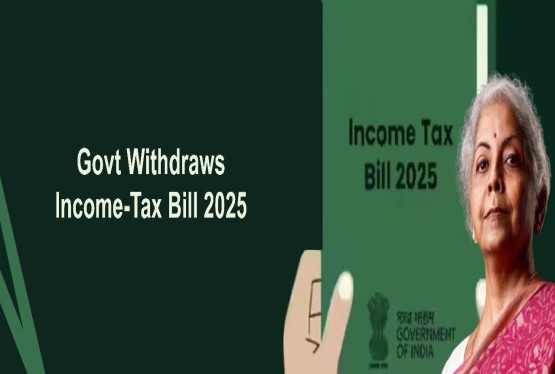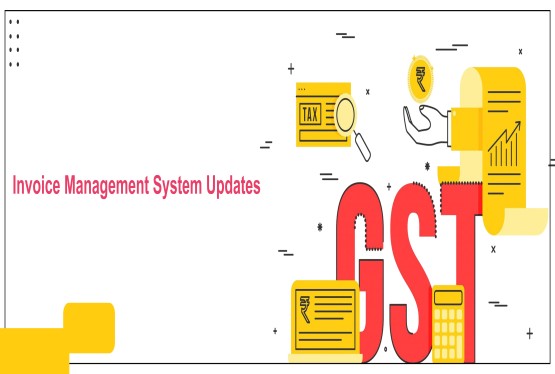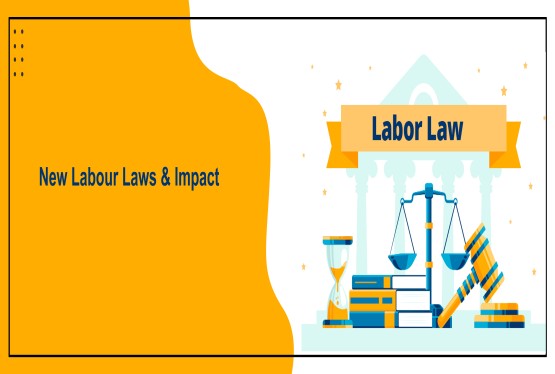Paying taxes is a legal responsibility for all earning individuals and businesses in India. One common method the government uses to collect taxes is through Tax Deducted at Source (TDS). However, there are times when TDS deducted is much higher than the actual tax liability of the taxpayer. In such cases, taxpayers end up paying more taxes and must wait for months to get a refund from the Income Tax Department. To prevent this situation, the Income Tax Act allows taxpayers to apply for a Lower Deduction Certificate using Form 13 under Section 197. This article provides a detailed guide on Form 13 for TDS, its eligibility, procedure for application, required documents, and other related information.
What is Tax Deducted at Source (TDS)?
Tax Deducted at Source (TDS) is a method through which the government collects tax at the source of income itself. This means that whenever you earn income from a source such as salary, interest, rent, or commission, the person making the payment deducts a certain percentage as tax before giving you the money. This deducted amount is then deposited with the government. TDS ensures that taxes are collected in a timely manner and reduces chances of tax evasion. TDS is applicable on various types of income and is deducted as per the rates specified under the Income Tax Act.
Section 197A: Who Can Apply for TDS Exemption?
Section 197A of the Income Tax Act allows certain taxpayers to apply for exemption from TDS. Any individual, company, or partnership firm who expects their tax liability to be lower than the TDS rate applicable can apply under Section 197. Additionally, resident individuals and Hindu Undivided Families (HUFs) can submit Form 15G or Form 15H to avoid TDS deduction if their income is below the taxable limit. This provision helps in avoiding unnecessary deduction and promotes better cash flow for the taxpayer.
What is Form 13 Under Section 197?
Form 13 is an application form that allows taxpayers to request the Income Tax Department for a certificate of lower or nil TDS deduction. This certificate is issued under Section 197 of the Income Tax Act. If you are a taxpayer and you believe that the amount of TDS being deducted from your income is more than your actual tax liability, you can submit Form 13. Once approved, the department issues a certificate indicating the rate at which TDS should be deducted. You can provide this certificate to the person deducting the tax to ensure that tax is deducted at a lower rate or not deducted at all.
Types of Income Covered Under Section 197
The benefit of lower or nil TDS deduction under Form 13 is available for various types of income as mentioned in different sections of the Income Tax Act. These include:
Section 193: Interest on securities
Section 194: Dividends
Section 194A: Interest other than on securities
Section 194C: Income from contracts
Section 194D: Insurance commission
Section 194G: Commission or prize on lotteries
Section 194H: Commission or brokerage
Section 194I: Rent
Section 194J: Fees for professional or technical services
Section 194LA: Compensation for acquisition of immovable property
Section 194LBB: Income from units of investment funds
Section 194LBC: Income from investment in securitization trust
Section 195: Income of non-residents
If your income falls under any of these categories, you may be eligible to apply for a Lower Deduction Certificate using Form 13 for TDS.
Eligibility for Filing Form 13 for TDS
Not every taxpayer is eligible to file Form 13. The eligibility depends on the nature and amount of income. Generally, freelancers, consultants, contractors, and individuals earning interest income, dividends, or royalties can apply if they expect their tax liability to be lower than the TDS applicable. Also, if you have already paid sufficient advance tax or your total income is below the taxable limit, then you are eligible. It is important to provide a proper estimate of your income and tax liability to justify the application.
When Should You Apply Using Form 13?
There is no fixed deadline mentioned in the Income Tax Act for submitting Form 13. However, it is advisable to apply at the beginning of the financial year. Applying early ensures that the certificate covers your income throughout the year and prevents unnecessary deduction from the start. Late submission may still work but might not help with earlier TDS deductions, which you will then need to claim as a refund.
Documents Required for Filling Form 13
When filing Form 13, several documents are needed to support your application. These documents help the Assessing Officer assess your eligibility and verify your claims:
1. A signed copy of Form 13
2. Copies of audit reports and financial statements for the last three years
3. Estimated income and tax liability for the current year
4. Income tax returns and acknowledgment copies of the last three years
5. Projected profit and loss statement for the current financial year
6. Copy of PAN card
7. E-TDS return statements for the last two years
8. TAN (Tax Deduction Account Number) details of the deductors
9. Any documents supporting the nature of income
10. Details of any previous TDS defaults, if applicable
All these documents must be submitted to the Assessing Officer (TDS) who has jurisdiction over your case. The officer may ask for additional information before issuing or rejecting the certificate.
Procedure for Filing Form 13 for Non/Lower Deduction of TDS
Form 13 can be filed either manually or online. Taxpayers in certain states like Mumbai, Karnataka, and Tamil Nadu are required to file Form 13 online. Here is the step-by-step procedure to file Form 13:
1. Prepare all required documents including financial statements and projected income.
2. Log in to the TRACES portal (https://contents.tdscpc.gov.in/) using your credentials.
3. Select the option "Submit Request."
4. Choose "Form 13" from the dropdown list.
5. Fill in the required details and attach supporting documents.
6. Submit the form online and keep a copy of the acknowledgment receipt.
Once the form is submitted, the Assessing Officer will review your application. If everything is in order, they will issue a certificate stating the rate of TDS applicable or mention that no TDS should be deducted.
Validity of Certificate Issued Under Section 197
The Lower Deduction Certificate issued under Section 197 is valid for the entire financial year for which it is issued. It is effective from the date of issue and continues to remain valid until the end of that financial year unless canceled by the Assessing Officer. It is essential to renew the certificate every year if your income circumstances remain the same and you continue to need a lower deduction.
Importance of Applying for Lower Deduction Certificate
Applying for a Lower Deduction Certificate using Form 13 can significantly improve your cash flow. If excessive TDS is deducted, it ties up your working capital and you must wait for months to get a refund from the Income Tax Department. This could create financial stress for businesses and individuals alike. By applying for the right TDS rate in advance, you ensure that your income is taxed correctly without waiting for refunds.
Conclusion
Form 13 for TDS is a valuable provision under the Income Tax Act for those who face excessive TDS deductions. By applying for a Lower Deduction Certificate through Form 13, taxpayers can prevent unnecessary tax deductions, improve cash flow, and reduce the burden of refund claims. Knowing about the eligibility, procedure, and required documentation is crucial for successfully obtaining this certificate. Timely action and accurate information can make the process smooth and beneficial.
If you have any queries or need any support, then you can book a consultation with Compliance Calendar LLP experts through email at info@ccoffice.in or Call/Whatsapp at +91 9988424211.
FAQs on Lower Deduction Certificate for TDS
Q1. What is Form 13?
Ans. Form 13 is a formal application submitted to the Income Tax Department for obtaining a certificate that allows lower or nil deduction of TDS. It helps in situations where the taxpayer’s actual tax liability is less than the TDS rate being applied.
Q2. Who should Form 13 be sent to?
Ans. Form 13 should be sent to the Assessing Officer of the Income Tax Department. It can be submitted online through the TRACES portal or sent via email or post, depending on your jurisdiction.
Q3. What is the benefit of Section 197 exemption?
Ans. Section 197 allows taxpayers to apply for reduced or nil TDS deduction through Form 13. It is beneficial when actual tax payable is lower than the TDS being deducted, helping you avoid overpayment and delays in refunds.
Q4. Who issues the Lower Deduction Certificate?
Ans. The Lower Deduction Certificate is issued by the Assessing Officer of the Income Tax Department after reviewing the Form 13 application and supporting documents.








_crop10_thumb.jpg)




































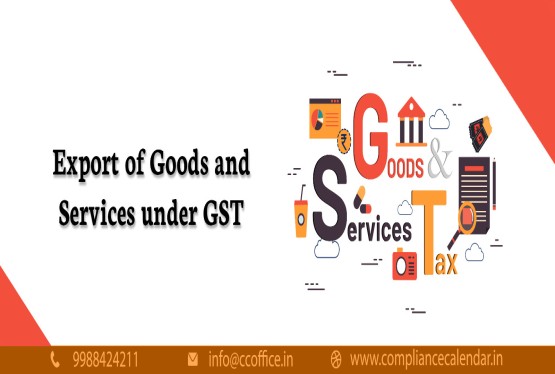













































_for_FY_2025-26_crop10_thumb.jpg)



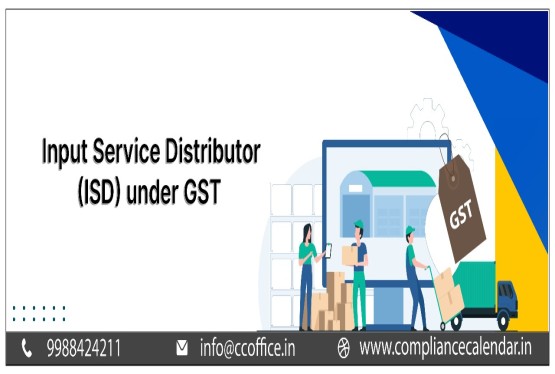








_learn_crop10_thumb.jpg)








_Filing_Due_Dates_for_FY_2024-25_learn_crop10_thumb.jpeg)
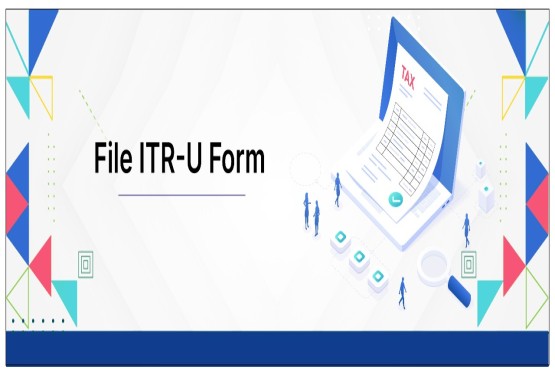
























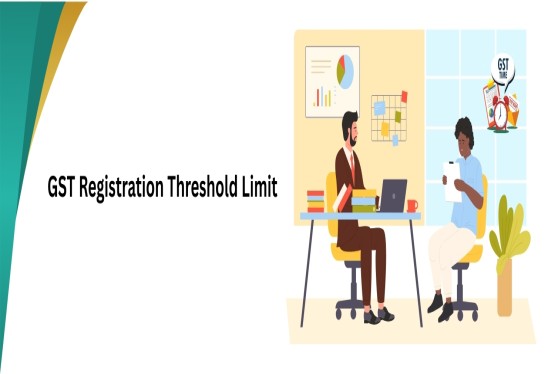
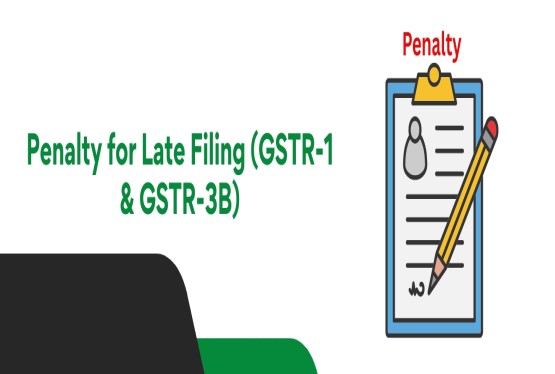












_of_GST_Act_learn_crop10_thumb.jpg)










_Under_GST_learn_crop10_thumb.jpg)









_crop10_thumb.jpg)


_crop10_thumb.jpg)






_learn_crop10_thumb.jpg)





















_of_the_Income_Tax_Act_learn_crop10_thumb.jpg)



_learn_crop10_thumb.jpg)






_learn_crop10_thumb.jpg)






_crop10_thumb.jpg)




















_in_The_Income_Tax_Act,_1961_learn_crop10_thumb.jpg)



_learn_crop10_thumb.jpg)



_of_the_Income_Tax_Act_learn_crop10_thumb.jpg)

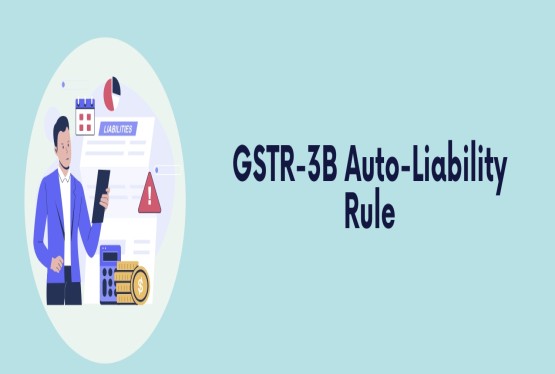
_Of_Income_Tax_Act_learn_crop10_thumb.jpg)








_learn_crop10_thumb.jpg)








_learn_crop10_thumb.jpg)
_crop10_thumb.jpg)

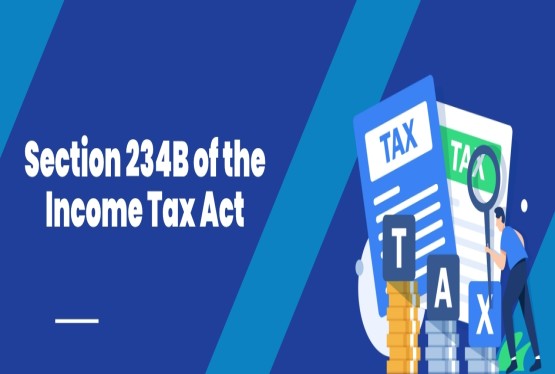




















_learn_crop10_thumb.jpg)
_for_Import_and_Export_learn_crop10_thumb.jpg)









